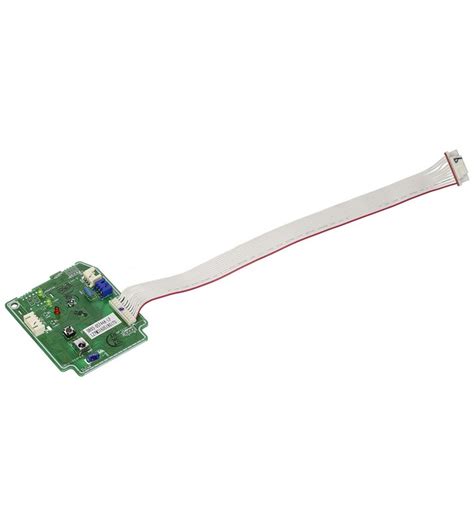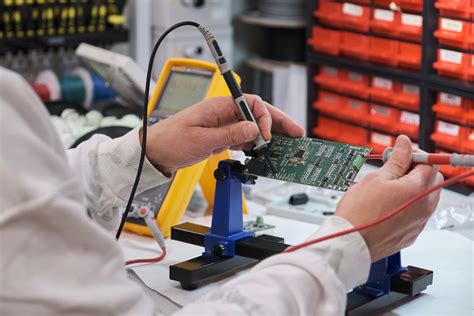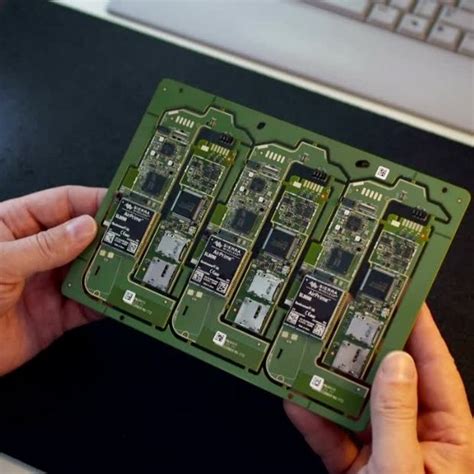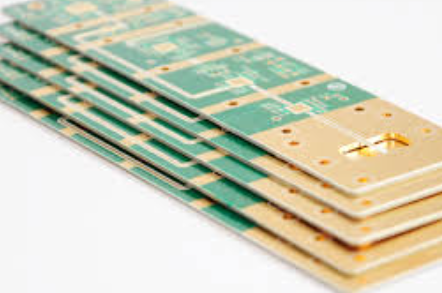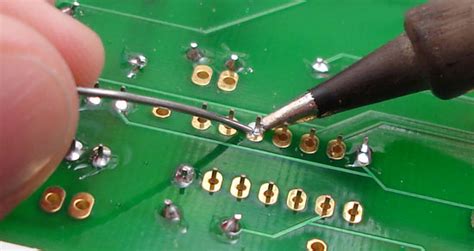PCB ABS Plastic for 3D Printing: Properties, Applications, and Advancements
Introduction
3D printing has revolutionized manufacturing by enabling rapid prototyping, customization, and cost-effective production. Among the various materials used in 3D printing, ABS (Acrylonitrile Butadiene Styrene) plastic remains one of the most popular due to its durability, heat resistance, and mechanical strength. However, a specialized variant—PCB ABS plastic—has gained attention for its unique properties tailored for printed circuit board (PCB) applications.
This article explores PCB ABS plastic for 3D printing, discussing its composition, properties, advantages, challenges, and applications in electronics and beyond.
1. Understanding ABS Plastic in 3D Printing
1.1 What is ABS Plastic?
ABS is a thermoplastic polymer composed of acrylonitrile, butadiene, and styrene. It is widely used in Fused Deposition Modeling (FDM) 3D printing due to its:
- High strength and impact resistance
- Good thermal stability (softening at ~105°C)
- Smooth surface finish (post-processing with acetone vapor)
- Affordability and availability
1.2 Why Use ABS for PCBs?
Traditional PCBs are made from fiberglass (FR4), but 3D printing offers flexible, lightweight, and customizable alternatives. ABS is a viable candidate because:
- It can be modified with conductive additives (e.g., carbon, graphene, or metal particles).
- It allows embedded electronics (printing circuits directly onto ABS structures).
- It supports rapid prototyping of enclosures and casings for electronic devices.
2. PCB ABS Plastic: Composition and Modifications
2.1 Conductive ABS for PCB Applications
Standard ABS is an insulator, but conductive ABS filaments are engineered by blending:
- Carbon nanotubes (CNTs) – Enhances conductivity while maintaining flexibility.
- Graphene – Improves electrical and thermal properties.
- Metal particles (copper, silver) – Increases conductivity but may affect printability.
2.2 Dielectric ABS for Insulation Layers
For multi-layer PCBs, dielectric ABS is used as an insulating layer between conductive traces. This requires:
- High thermal resistance to withstand soldering.
- Low warping to ensure dimensional stability.
2.3 Reinforced ABS for Structural Integrity
Some PCB ABS blends incorporate:
- Glass fibers – Improves rigidity.
- Kevlar fibers – Enhances durability for flexible PCBs.

3. Advantages of PCB ABS in 3D Printing
3.1 Design Flexibility
- Custom-shaped PCBs: Unlike rigid FR4 boards, 3D-printed ABS PCBs can be curved or integrated into complex geometries.
- Embedded Components: Electronics can be printed directly into the structure, reducing assembly steps.
3.2 Rapid Prototyping
- Engineers can quickly iterate PCB designs without traditional etching processes.
- Enables on-demand manufacturing of small batches.
3.3 Cost-Effectiveness
- Eliminates the need for expensive PCB fabrication tools (e.g., chemical etching, CNC milling).
- Reduces material waste compared to subtractive methods.
3.4 Lightweight and Durable
- ABS is lighter than FR4, making it ideal for aerospace and wearable electronics.
- Impact-resistant, suitable for rugged applications.
4. Challenges and Limitations
4.1 Electrical Conductivity Limitations
- Even conductive ABS has higher resistance than copper traces, limiting high-frequency applications.
- Post-processing (electroplating) may be needed for better conductivity.
4.2 Thermal Management
- ABS has a lower thermal tolerance than FR4, making it unsuitable for high-power circuits.
- Heat sinks or active cooling may be required.
4.3 Warping and Adhesion Issues
- ABS is prone to warping due to uneven cooling.
- Requires a heated print bed and enclosed chamber for optimal results.
4.4 Surface Finish and Resolution
- Lower trace precision compared to etched PCBs.
- Rough surfaces may require sanding or chemical smoothing.

5. Applications of PCB ABS in 3D Printing
5.1 Prototyping and Custom Electronics
- IoT devices – Custom-shaped PCBs for sensors and wearables.
- Robotics – Flexible circuitry for robotic joints.
5.2 Embedded Electronics
- Smart enclosures – PCBs printed directly into device housings.
- Automotive dashboards – Integrated lighting and control systems.
5.3 Educational and DIY Projects
- Low-cost electronics kits for students.
- Open-source hardware development.
5.4 Aerospace and Defense
- Lightweight drone circuitry.
- Conformal antennas for satellites.
6. Future Trends and Innovations
6.1 Hybrid Printing (Conductive + Dielectric)
- Multi-material 3D printers can alternate between conductive and insulating ABS for complex PCBs.
6.2 Nano-Enhanced ABS
- Graphene-infused ABS could enable ultra-conductive traces with minimal weight.
6.3 Self-Healing ABS PCBs
- Research is ongoing into self-repairing conductive polymers for increased durability.
6.4 Sustainable ABS Alternatives
- Recycled ABS and biodegradable composites are being explored for eco-friendly PCBs.
Conclusion
PCB ABS plastic represents an exciting frontier in 3D-printed electronics, offering unprecedented design freedom, rapid prototyping, and cost savings. While challenges remain in conductivity, thermal management, and print precision, ongoing advancements in material science and multi-material 3D printing are pushing the boundaries of what’s possible.
As the technology matures, we can expect more industries to adopt 3D-printed ABS PCBs for applications ranging from wearable tech to aerospace engineering. For engineers and hobbyists alike, PCB ABS opens up a world of innovative, customizable, and efficient electronic design.

